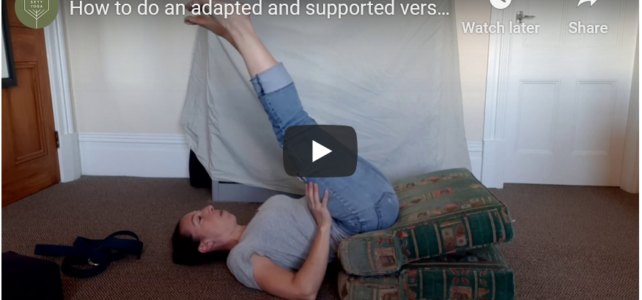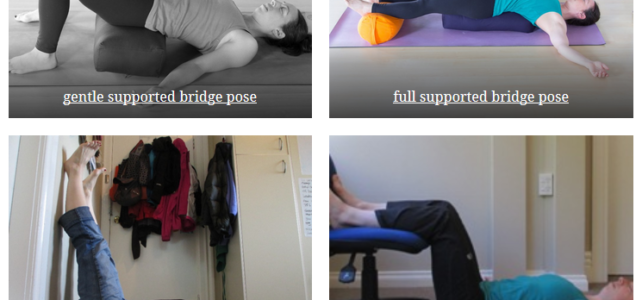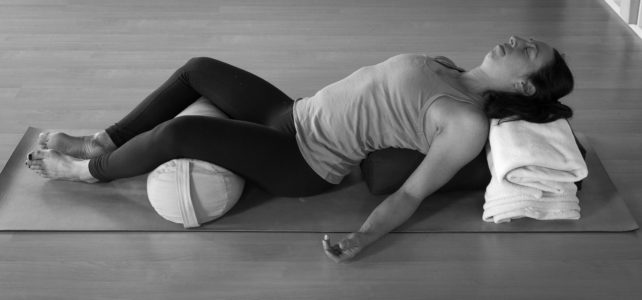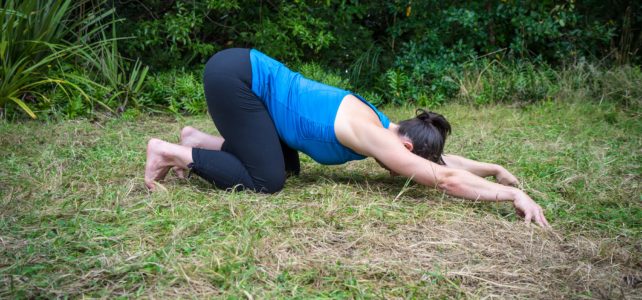When I was researching the purpose of śavāsana (corpse pose), I came across a comment from restorative yoga expert Judith Lasaster that it takes the average person 15 minutes to physiologically relax. She talked about this in a podcast on
How long does it take to relax?





